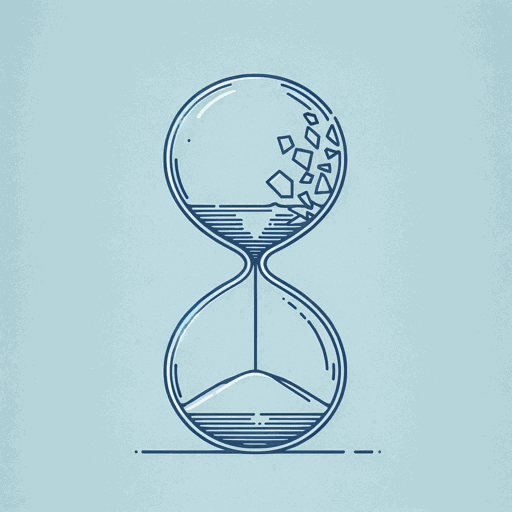47 pages • 1 hour read
John de Graaf, David Wann, Thomas NaylorAffluenza
Nonfiction | Book | Adult | Published in 2001A modern alternative to SparkNotes and CliffsNotes, SuperSummary offers high-quality Study Guides with detailed chapter summaries and analysis of major themes, characters, and more.
Part 2, Chapters 14-16Chapter Summaries & Analyses
Part 2: “Causes”
Part 2, Chapter 14 Summary: “An Emerging Epidemic”
This chapter charts the slow onset of affluenza in the United States from the end of World War Two to the beginning of the 1980s. The authors provide a number of reasons for “a consumer boom unparalled in human history” (132). A combination of reserve savings from the thrifty war years, the development of suburbs and highways, easily available loans and credit, the spread of shopping malls with longer opening hours, and the success of television as an advertising format all contributed to a cultural shift in which “the good life became the goods life” (133).
Despite this unprecedented mushrooming of product development, marketing, and consumer spending, the emerging illness of affluenza did spawn some dissent. The authors mention social critics of all political leanings (Wilhelm Röpke, Vance Packard, John Kenneth Galbraith), and politicians themselves (Presidents Truman, Johnson and Carter), in addition to the countercultural currents of the 1960s and the nascent environmental movement of the 1970s, as examples of opponents of affluenza. Nevertheless, the authors argue that the sickness continued unabated into the 1980s, which is the focus of the next chapter of the book.

